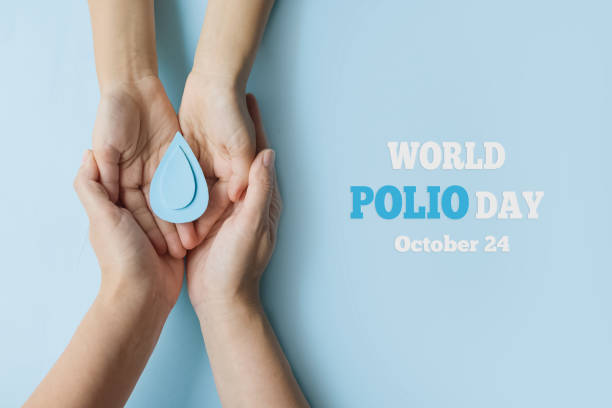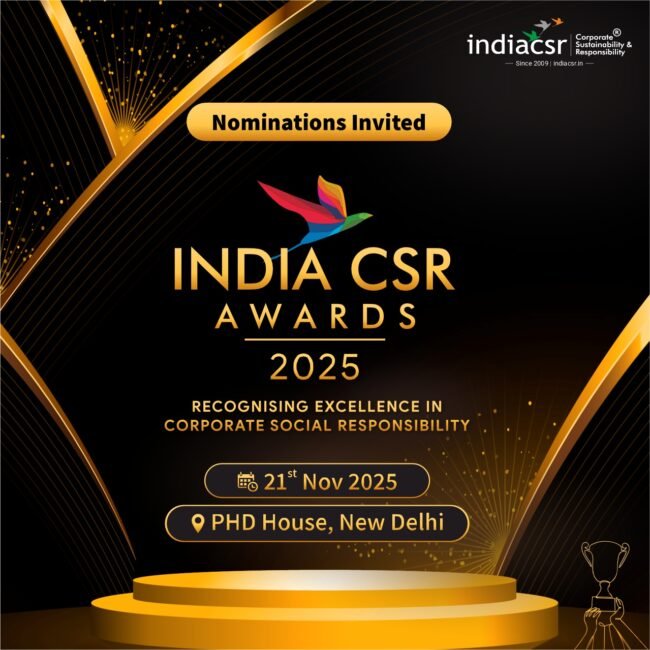In 2025, with the theme “A Global Call to Finish the Job,” the Global Polio Eradication Initiative (GPEI) is urging renewed focus amid tough realities.
Every October 24, World Polio Day brings the world together to reflect on one of humanity’s greatest public health triumphs: the near-eradication of a virus that once left countless children paralyzed and families in despair. It’s a day to celebrate the ingenuity of scientists like Jonas Salk and the grit of vaccinators who brave conflict zones to deliver life-saving drops, all while sounding the alarm that we’re not quite across the finish line yet. In 2025, with the theme “A Global Call to Finish the Job,” the Global Polio Eradication Initiative (GPEI) is urging renewed focus amid tough realities—geopolitical tensions, funding squeezes, and pockets of low vaccination rates that could let the virus slip back in. So far this year, just 12 wild poliovirus cases have surfaced, a sharp drop from 99 in 2024, but experts warn that complacency could undo decades of progress. This observance isn’t just about stats; it’s a heartfelt push for every parent to check their kids’ shots, every leader to pony up funds, and every one of us to champion the idea that polio doesn’t have to be part of our story anymore.
History
Polio’s dark chapter in history feels like a nightmare from another era, when summer epidemics turned playgrounds into ghost towns and parents lived in terror of the iron lungs that kept young victims breathing. That all shifted in 1952 when Jonas Salk unveiled his inactivated vaccine after years of tireless lab work, sparking mass trials that proved it could halt the virus in its tracks and slashing U.S. cases from tens of thousands to mere dozens within a decade. Then came Albert Sabin’s oral version in 1961, a game-changer for its simplicity—just a few drops under the tongue—making it feasible to vaccinate entire villages in places without fancy clinics. Fast-forward to 1988, and the GPEI burst onto the scene, uniting WHO, UNICEF, Rotary, and the CDC in a bold pact to wipe polio off the map, which they’ve done for two of its three wild strains: type 2 certified gone in 2012, type 3 in 2019. Today, in 2025, wild type 1 lingers in Afghanistan and Pakistan with only 12 cases reported so far, down from 99 last year, thanks to smarter surveillance and door-to-door drives. But vaccine-derived strains pop up in under-vaccinated spots, and a 30% funding cut is forcing tough choices on where to deploy resources next. It’s a reminder that history isn’t done writing itself—we’re still in the thick of turning the page.
Origin
The spark for World Polio Day ignited back in 1985, courtesy of Rotary International, who picked October 24 to nod to Jonas Salk’s birthday in 1914, framing it as a tribute to the man whose vaccine didn’t just fight a disease but ignited a movement for global health equity. Rotary wasn’t new to this fight; they’d been rallying clubs worldwide to fund research and awareness, seeing polio as a solvable scourge if everyone pitched in. That first event was modest—a mix of speeches, exhibits on vaccine breakthroughs, and pleas for donations—but it quickly snowballed into a platform for survivors to share their scars and scientists to tout progress, all aimed at shaking loose more support from governments and philanthropists. By 1987, Rotary upped the ante with a $1.2 billion pledge to GPEI, fueling campaigns that have immunized over 2.5 billion kids since. Over the years, the day has evolved from birthday bash to battle cry, incorporating tech like apps for tracking outbreaks and stories from the front lines to keep the urgency alive. In 2025, as Gaza’s vaccination push in February reached 603,000 children and held the line against resurgence, this origin story feels more relevant than ever—a blueprint for how one idea, rooted in homage, can mobilize millions toward a shared win.
Purpose
At its core, World Polio Day exists to cut through the noise and remind us why vaccination isn’t optional—it’s the unbreakable shield against a virus that preys on the unprotected, traveling silently across borders and generations if we let our guard down. It rallies donors, policymakers, and communities to plug the gaps in coverage, especially in fragile spots like war-torn regions where kids miss out on routine shots, by spotlighting success stories and laying out clear calls to action for boosting budgets and training more health heroes. Think of it as a yearly reset: honoring the vaccinators who dodge checkpoints to reach remote hamlets, while pushing for ironclad surveillance that catches whispers of the virus in sewage samples before they turn into shouts. In Europe, for instance, it’s a nudge to maintain that polio-free streak through high immunization rates, preventing any imported heartbreak. And let’s not forget tackling hesitancy head-on with real talk from trusted voices, because trust is the secret sauce that turns awareness into action. Ultimately, this day isn’t about dwelling on the past; it’s a forward charge, whispering that with every drop administered and every commitment renewed, we’re one step closer to declaring polio extinct for good.
Significance
What makes World Polio Day truly matter is how it captures the raw power of what we’ve pulled off together—a 99% plunge in cases since 1988, sparing over 20 million from paralysis and freeing up health dollars that once went to braces and respirators for schools, clean water, and fighting other killers like malaria. It’s proof positive that when nations set aside rivalries and pour resources into science, we can stare down ancient foes and win, setting a template that’s rippled out to tame Ebola and boost routine immunizations everywhere. But here’s the gut punch: that progress teeters on a knife’s edge, with 2024’s 99 wild cases a stark reminder that dips in coverage—like the Americas’ 83% for the third dose—invite comebacks, and now a $1.7 billion shortfall in 2025 means some monitoring sites might go dark. It spotlights the human cost too, from Gaza’s amputees needing more than vaccines to Ukraine’s new labs racing to detect threats faster. In a world rife with misinformation, the day builds bridges of belief in proven tools, showing that finishing this fight isn’t just smart—it’s a moral must, honoring every kid who won’t know the fear we once did.
Pillars
Eradicating polio boils down to three rock-solid pillars that GPEI leans on like old friends, each one interlocking to create a fortress against the virus’s sneaky comebacks. First up, vaccination coverage: it’s all about blanketing every corner with oral and injected shots, ramping up in hotspots like Pakistan’s rugged north through clever tricks like drone drops and community pacts that get wary families on board. Then there’s surveillance and detection, the watchful eyes scanning over 150 global labs for poliovirus in stool and wastewater, which has kept 2025’s wild cases to a mere 12 by nipping spreads in the bud early. Rounding it out, outbreak response kicks in like clockwork—mass campaigns launched at the first whiff of trouble, as in Gaza where February’s drive vaccinated hundreds of thousands and silenced the strain tied to Egypt’s circulation. These aren’t silos; they’re a symphony, demanding fresh funding to adapt to new hurdles like vaccine-derived variants in 33 countries last year, while weaving in lessons for broader health wins. It’s gritty, unglamorous work, but it’s the backbone ensuring that the endgame feels real, not remote.
Key Actions
Diving into World Polio Day means rolling up your sleeves for actions that pack a punch, whether you’re tweeting facts to bust myths or knocking on doors to spread the word—small moves that snowball into the coverage we need to seal the deal. Kick off by firing up social feeds with #EndPolioNow, sharing quick wins like Europe’s lockdown-free status thanks to vigilant jabs, and nudging your circle to verify their vaccine cards, because one unchecked kid can spark a chain reaction. If you’re up for more, link arms with Rotary or UNICEF for local drives, stuffing envelopes with donation appeals or manning booths at awareness fairs to chat up hesitant parents with stories from survivors who’ve walked again. Don’t stop at grassroots—bombard your reps with emails calling out that $1.7 billion gap, pushing for bucks that keep trucks rolling in Afghanistan. Join the fun too: lace up for a polio walk, tune into GPEI webinars, or pedal in a global cycle challenge that turns sweat into solidarity. These aren’t checkboxes; they’re lifelines, turning “me” into “we” and edging us toward that glorious zero-case dawn.
(India CSR)







